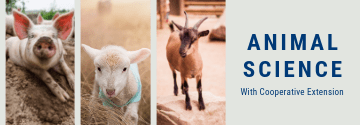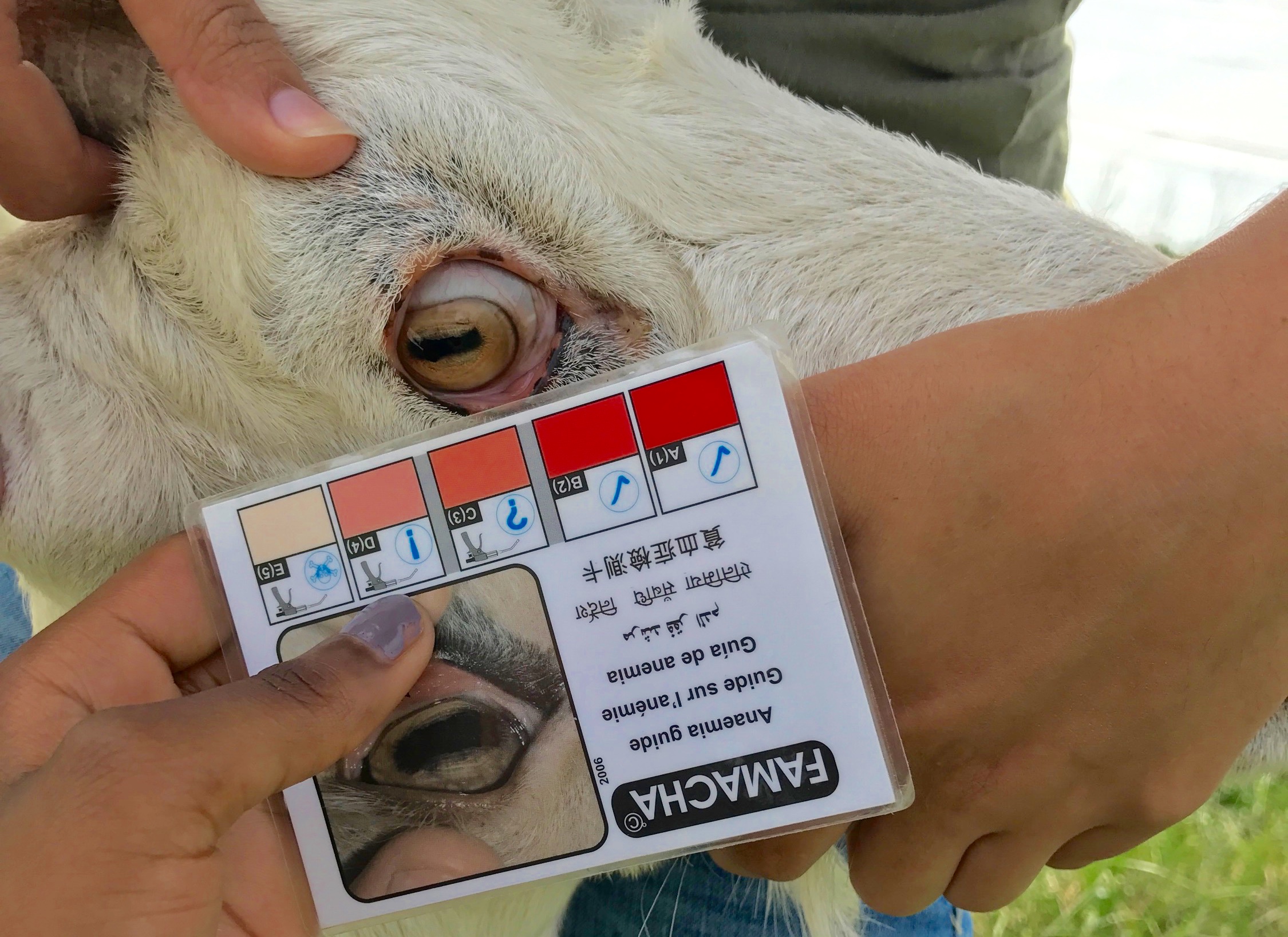Many regions have now or will soon reach the point when significant alfalfa regrowth won’t occur if the crop is cut one more time. Research has historically shown that cutting when the chances for regrowth are low is safer from a winter injury or kill standpoint than cutting earlier in the fall when regrowth is still possible.
There are three primary reasons why farmers decide to cut alfalfa late in the fall. They are:
1. Don’t want to leave money on the table.
In the case where favorable weather has contributed to significant fall growth, it’s hard to leave an apparent high-yielding, high-quality crop out in the field. However, the reality is that late fall-cut alfalfa is rarely high yielding.
Yes, the crop can sometimes be tall, but the stems are usually small and there are fewer of them. What looks like a high-yield crop usually shrinks to nearly nothing when put into a swath or windrow. This makes for expensive forage when harvest costs are considered.
On the flip side, late fall-cut forage is almost always excellent quality. With the extended cool temperatures, there is low fiber deposition and plant digestibility stays high.
2. It will smother out if not cut.
There’s been a long-held concern by some that fall alfalfa growth will smother and kill a stand over winter. This simply does not happen with a legume such as alfalfa. Rather, leaves freeze and eventually drop off the plant. Stems, for the most part, stand erect. The old, fall aftermath growth may impact forage quality in the next year’s first cutting, but if harvested early enough the reduction in quality is minimal.
3. There’s a need for feed.
Following a year of severe winterkill or drought, sometimes alfalfa is cut in late fall simply to meet a need for additional feed. This may apply to many in 2019.
Is there risk?
Though the risk to cut alfalfa in the late fall has proven to be less than when regrowth potential is high, the practice is not without some downside. Already mentioned is the fact that yields are typically low; they will be even lower if the cutting height is raised as is often recommended for a late-fall cut.
Also consider that fields cut in the late fall generally break dormancy later during the following spring and have a lower first-cut yield compared to not being fall cut. The gain in fall yield is about equal to the loss in spring yield. This is not to say that the fields are winter injured but rather less vigorous come spring.
Leaving the fall aftermath growth over winter is beneficial to not just catching and holding snow cover, but it also has the effect of moderating soil temperature fluctuations during winter and early spring. It is extreme soil temperature fluctuations that may cause alfalfa to break dormancy too early or cause plant heaving.
Finally, consider the condition of the alfalfa stand before taking a late-fall cut. If it’s already been stressed by intensive cutting, pest issues, or low soil fertility, stress from an additional cutting will likely accelerate stand decline.
All factors considered, the need for feed prior to the next year’s harvest may be the only good reason to cut alfalfa in late fall.
![]() Register by June 23: http://ow.ly/ihwP50AaysT
Register by June 23: http://ow.ly/ihwP50AaysT


 The Delaware Cooperative Extension Small Ruminant Team is holding a FAMACHA© certification workshop via Zoom on Wednesday, June 10, 2020 from 6:00 pm-8:00 pm. The cost of the workshop is $15.00 to pay for the FAMACHA© cards and the postage to mail them to producers. Registration is required.
The Delaware Cooperative Extension Small Ruminant Team is holding a FAMACHA© certification workshop via Zoom on Wednesday, June 10, 2020 from 6:00 pm-8:00 pm. The cost of the workshop is $15.00 to pay for the FAMACHA© cards and the postage to mail them to producers. Registration is required.